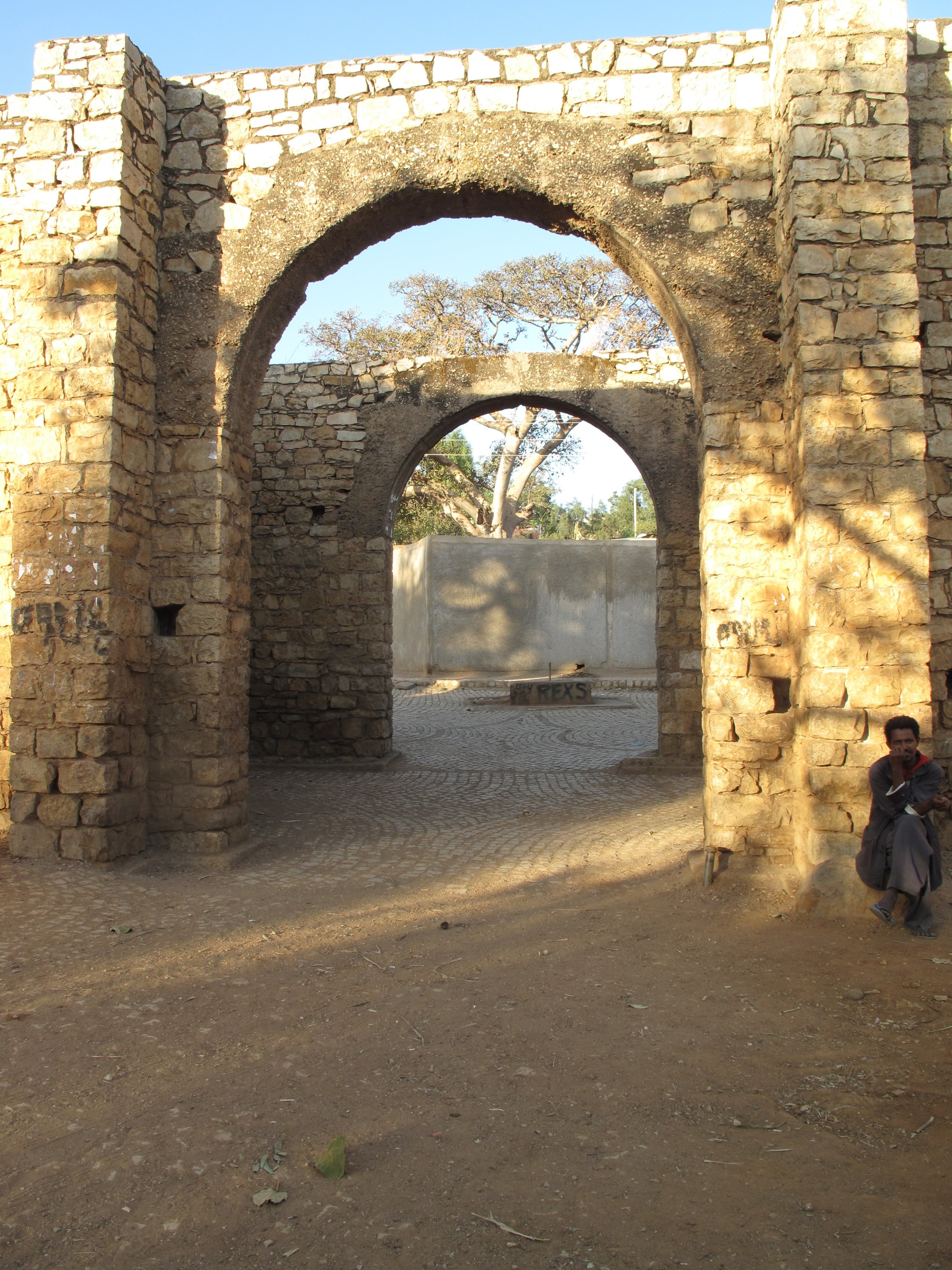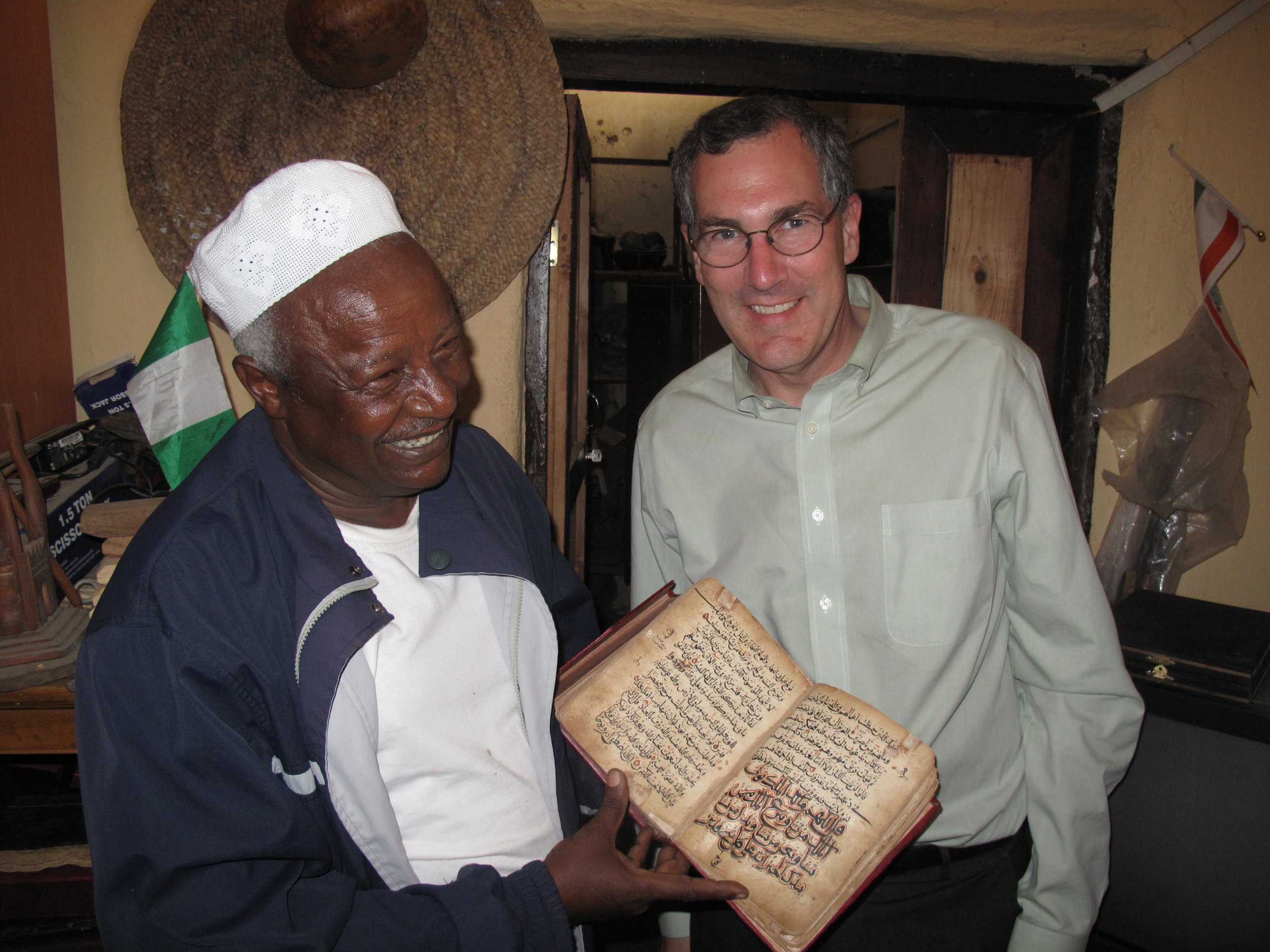Ethiopia. The Hyena Man of Harar
Located in eastern Ethiopia near the country’s border with Somalia, the City of Harar (population 100,000) doesn’t draw much international tourism. Since it’s located more than 500 kilometers east of Ethiopia’s capital of Addis Ababa, my colleague and I elected to book an internal flight to reach the city. Geographically speaking, Harar is positioned at 2,040 meter above sea level and on an ancient hill surrounded by savannah grasses and desert. Also known as Hara-Gey or simply Gey, Harar was a settlement long before the arrival of Islam in the 10th century. For hundreds of years it operated as a commercial center, linking East Africa to Asia and the Arabian Peninsula. Harar has been influenced by both African and Islamic traditions. In 1216, Sheikh Abadir Umar Ar-Rida traveled there from the Arabian Peninsula with the goal of establishing a mosque. Since that time, Harar has been a conduit for the eastward spread of Islam into the Horn of Africa. Today it is considered by some to be the fourth holiest city of Islam. Dubbed “Africa’s Mecca,” Harar has 82 mosques, three of which date to the 10th century.
During the 16th century, Emir Nur ibn Mujahid commissioned a four-meter-high protective wall around the Jugal (old city). Still intact, the wall and its gates are a symbol of the city. Harar served as capital of the Harari Kingdom from 1520 to 1568. During the 17th century the city became an independent emirate and by 1855 its population had reached 8,000. The city fell under Egyptian rule between 1875 and 1884 and in 1887, it became part of Ethiopia. In 1936 Harar was captured by Italian troops during the Second Italian-Ethiopian War (1935-1937). Harar is known for excellent coffee and its bookbinding and weaving industries. The city became an Ethiopian National Heritage Site in 1974 and an UNESCO World Heritage Site in 2006.
Just under half of Harar’s population are Ethiopian Orthodox Christians while 44% are Muslim and 6% Protestant Christians. Among its distinctions, Harar is the birthplace of Khat (aka bushman’s tea). Khat is a flowering plant with leaves that are chewed as a mild stimulant. Khat chewing is a social tradition among men that dates back thousands of years and parallels chewing coca leaves in South America and betel nuts in South Asia.
The principal purpose of my trip was to visit Haramaya University. Located ten kilometers west of Harar, the agricultural college was founded by Emperor Haile Selassie in 1956 with assistance from Oklahoma State University (OSU) and U.S. President Truman’s Four Point Program. Touring agricultural land owned by the university, we passed a meter-high termite mound in the middle of a plowed field. When I asked our guide why the mound hadn’t been plowed over, he offered a thoughtful response: “If we did that, where would the termites live?” After being interviewed on a local radio station my colleague and I met with the university’s faculty.
The ancient city of Harar is divided into five sections: the Argobba Bari, Assum Bari, Badro Bari, Suqutat Bari, and Asmadin Bari. Private residences are referred to as gey gar (city houses). In some places walled compounds are formed by several houses with shared walls and doors that almost always face east or west. On our second full day we visited a place where spotted hyenas are fed each night. Since the 1960s Harar’s “Hyena Man” has entertained visitors by enticing the wild scavengers to come out of the bush. For a few Ethiopia birr, tourists can feed the animals by holding a meat-tipped stick in their teeth. Another stop was Harar Brewery. Established in 1984, the brewery produces about 500,000 hectoliters of beer each year. The two most popular variants are a pale lager called Hara Beer and Hakim Stout. They also brew Hara Sofi, a beer-like non-alcoholic beverage popular within the Muslim community.
After sampling a few lagers, we stopped at the Sherif Harar City Museum. Built by a trader from India named Ras Tafari, the house was used by Emperor Haile Selassie during his honeymoon. Selassie owned the house between 1930 and 1975. Today it plays host to a collection of coins, weapons, jewelry, old manuscripts, and more than 600 recorded cultural songs. The museum is owned and curated by Abdullah Ali Sherif who has been expanding its holdings since the early 1990s. Many items entrusted to Mr. Sherif have been donated by members of the local community. Before departing Mr. Sherif casually handed me a copy of a several hundred-year-old Koran. Not wishing to damage it, I quickly returned the book.






